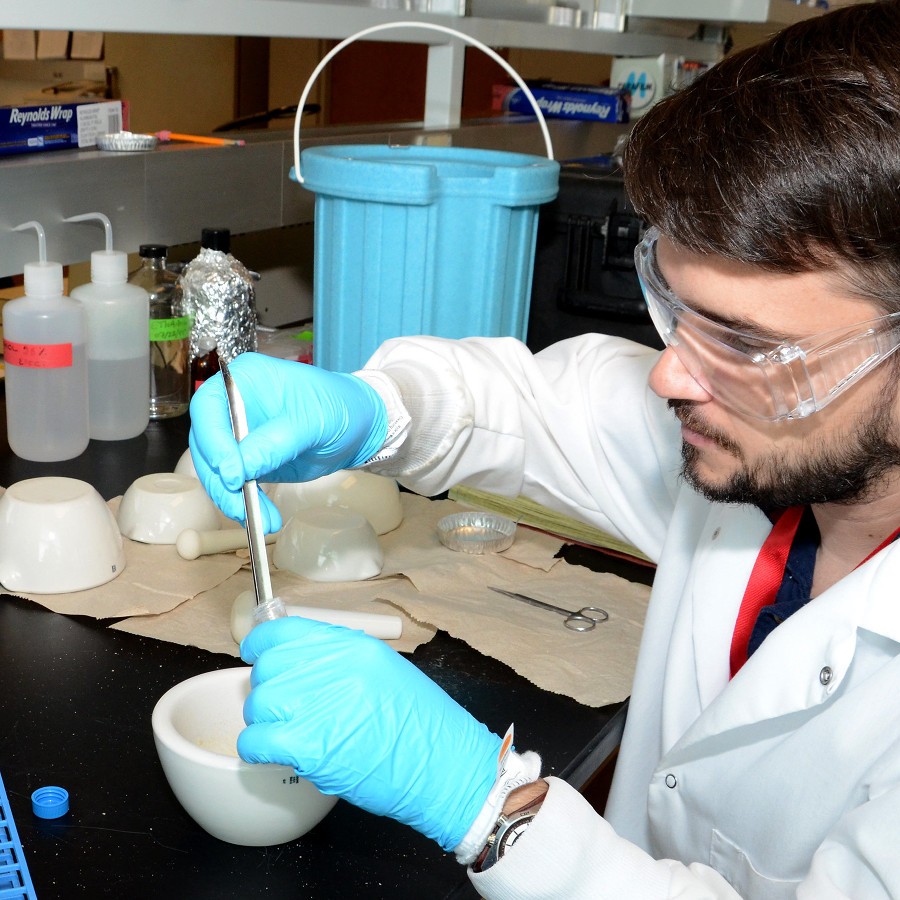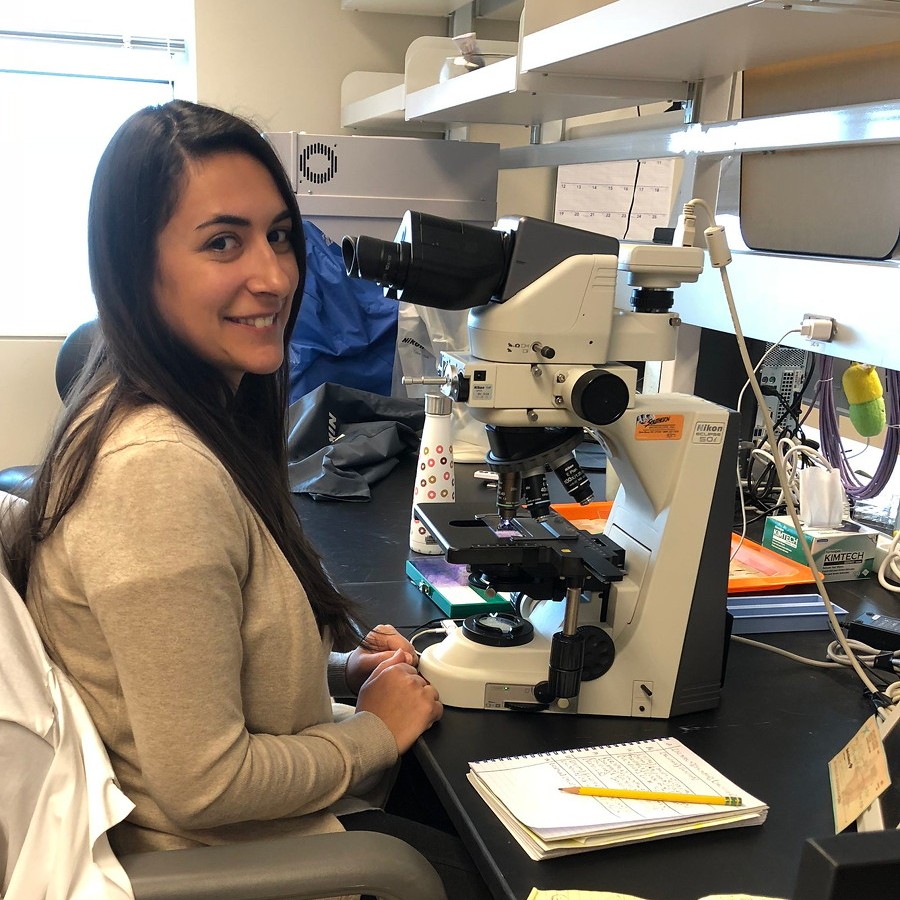Projects & Collaborations
ABC scientists collaborate with colleagues in academia and industry from around the world to better understand oyster biology and enhance oyster aquaculture. This effort involves both traditional histology as well as new, cutting-edge tools and techniques including genomic selection, near-infrared reflectance spectrometry, cytogenetics, and probiotics.
CURRENT PROJECTS
Consortium - Genomic Selection
Shellfish geneticists from 12 East Coast universities will work together on a $4.4 million dollar grant funded by NOAA Fisheries through the Atlantic States Marine Fisheries Commission to develop new tools for studying the oyster genome. The goal of this research is to accelerate and expand selective breeding of C. virginica for all growing regions on the East Coast by developing, testing, and verifying genome-based breeding. This research will provide proof-of-principle for the application of genome-based tools to existing eastern oyster breeding programs and will outline standard procedures for the expansion of breeding to fulfill the needs of a diverse industry. Learn more.
Disease Resistance in Pedigree Families
Researchers at ABC and USDA ARS at URI have been examining the genetic parameters associated with Dermo resistance and Dermo tolerance over the past three years. This has included more than three substantial lab challenges performed at URI using ABC families. It is the intention to incorporate the lab challenge as a trait into the family-selection breeding models at ABC.
OsHV-1 Impact on C. virginica Families
Continued growth of the eastern oyster aquaculture industry relies on consistent and increasing hatchery production, availability of disease resilient stocks and the ability to move oysters among leases (following state regulatory structure). A foreboding threat to the eastern oyster aquaculture industry, is the Ostreid herpesvirus 1 (OsHV-1) and its variants, in particular the deadly OsHV-1 microvariants (OsHV-1 µvars) that are emerging infectious disease agents of global concern. Though OsHV-1 µvars are primarily known to affect Pacific oysters, there is concern over the potential impacts of the OsHV-1 µvars to particularly the eastern oyster and hard clam with the possibility of the spread of the virus to the US East and Gulf Coasts. Therefore, the goal of this research is a proactive approach focused on applied solutions, such as selective breeding, in order to limit impact of OsHV-1 µvars on the rapidly growing eastern oyster aquaculture industry.
We will perform laboratory challenges with diploid eastern oyster families and DEBY and LOLA lines created by the ABC diploid Crassostrea gigas, known to be susceptible to the OsHV-1. All laboratory trials have been and will continue to occur in a highly secure quarantine laboratory in Arizona, more than 200 miles from any body of water.
RECENT PROJECTS
Hatchery Health (HAT)
The Hatchery Health (HAT) project is a collaborative investigation by more than 20 specialists from VIMS, VA Sea Grant, and Virginia Tech. This project explores strategies for managing water chemistry and their effect on successful hatchery production. ABC helped investigate how different water treatments affect larval health and the microbiome of hatchery water. Researchers took clean seawater from 2 different filtration stages, as well as water from healthy oyster broodstock tanks and used it to inoculate larvae tanks. Then, they monitored growth and survival of the larvae as well as chemical water quality.

Near-infrared reflectance spectrometry (NIRS)
Led by Dr. Eric Guévélou, near-infrared reflectance spectrometry (NIRS) allows ABC to learn about the chemical composition of an oyster by immersing a probe in oyster tissues. When the data from the reflected light is calibrated into a model, the results reveal information about glycogen, lipid, and water composition, all of which can have important implications on the overall health of the oyster. Learn more.

Cytogenetics
Led by Dr. Joana Sousa, cytogenetics research allows ABC to better understand the loss of chromosomes from polyploid oysters. Chromosome instability from polyploid oysters is of major scientific interest and of practical concern for commercial oyster culture. Until now, flow cytometry (FCM) was ABC’s principal research tool for detecting chromosome loss, however, there is little information in FCM data about the exact number of chromosomes that are missing. With cytogenetic techniques, ABC is able to examine the chromosomes themselves, to contribute to the developing body of knowledge about the heritability of chromosome instability in polyploid oysters. Learn more.
URI Probiotics
Can oyster larvae benefit from probiotic bacteria like humans do? It appears so. Several research groups around the country have been investigating this topic and working to develop probiotic formulations for bivalve hatcheries. These could help outcompete or eliminate bacterial pathogens that are commonly found in bivalve hatcheries and can cause devastating disease outbreaks in larval cultures. Dr. Marta Gomez-Chiarri’s group at the University of Rhode Island has been working with two strains of probiotic bacteria that have been proven to reduce pathogens in laboratory challenges, without any negative affect on larval health. Since 2013, ABC has collaborated on several projects with this group to test these probiotic strains at a larger scale. By examining different formulations and delivery methods within the hatchery setting, researchers hope to develop successful products that will be commercially available to aquaculture facilities around the country and will be able reduce unpredictable and devastating economic losses at these sites. Learn more.

